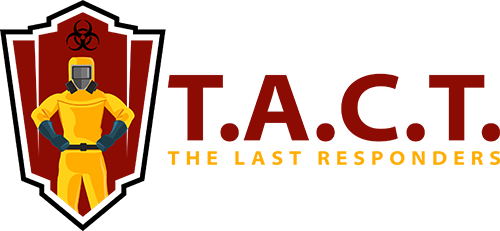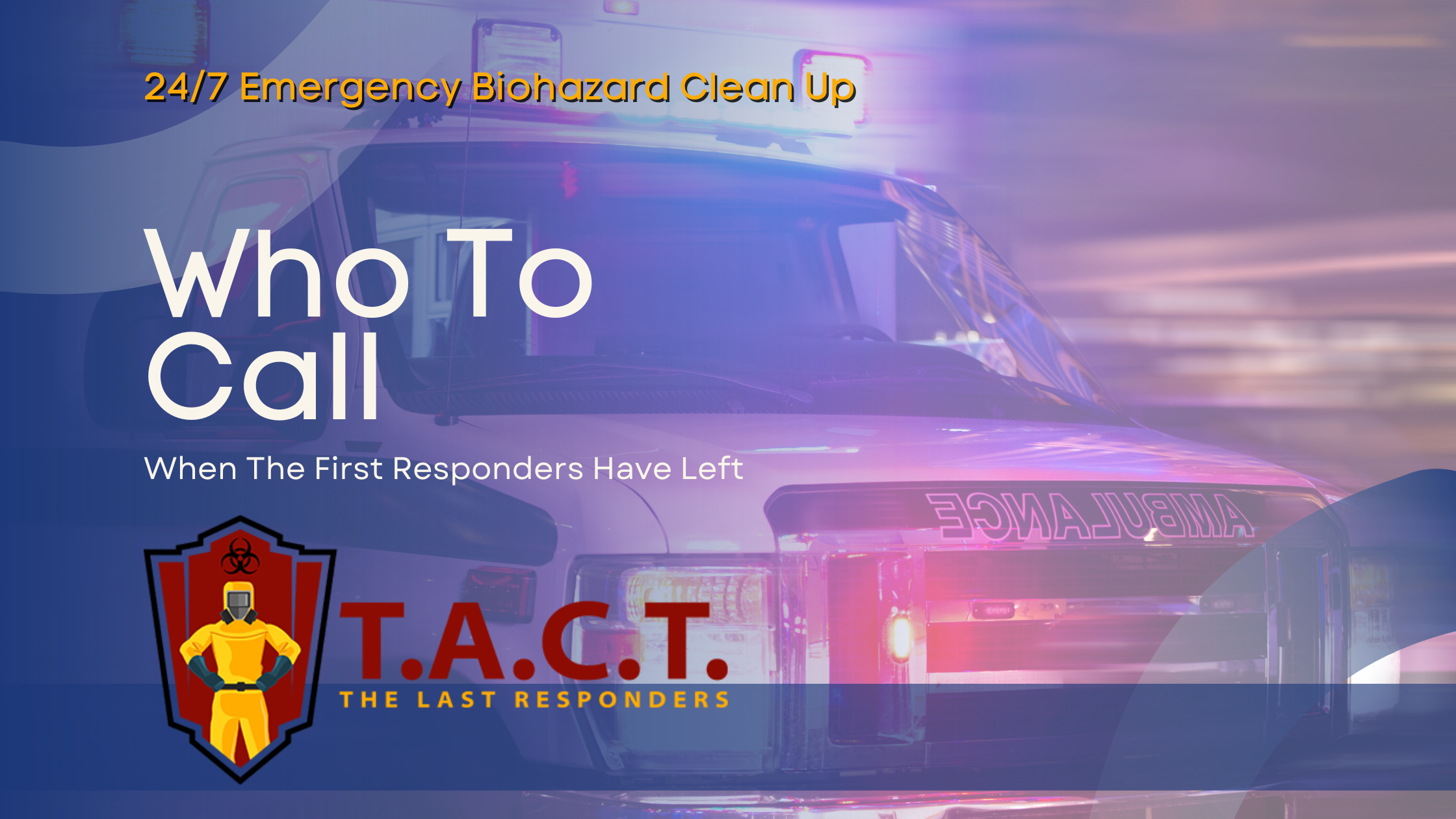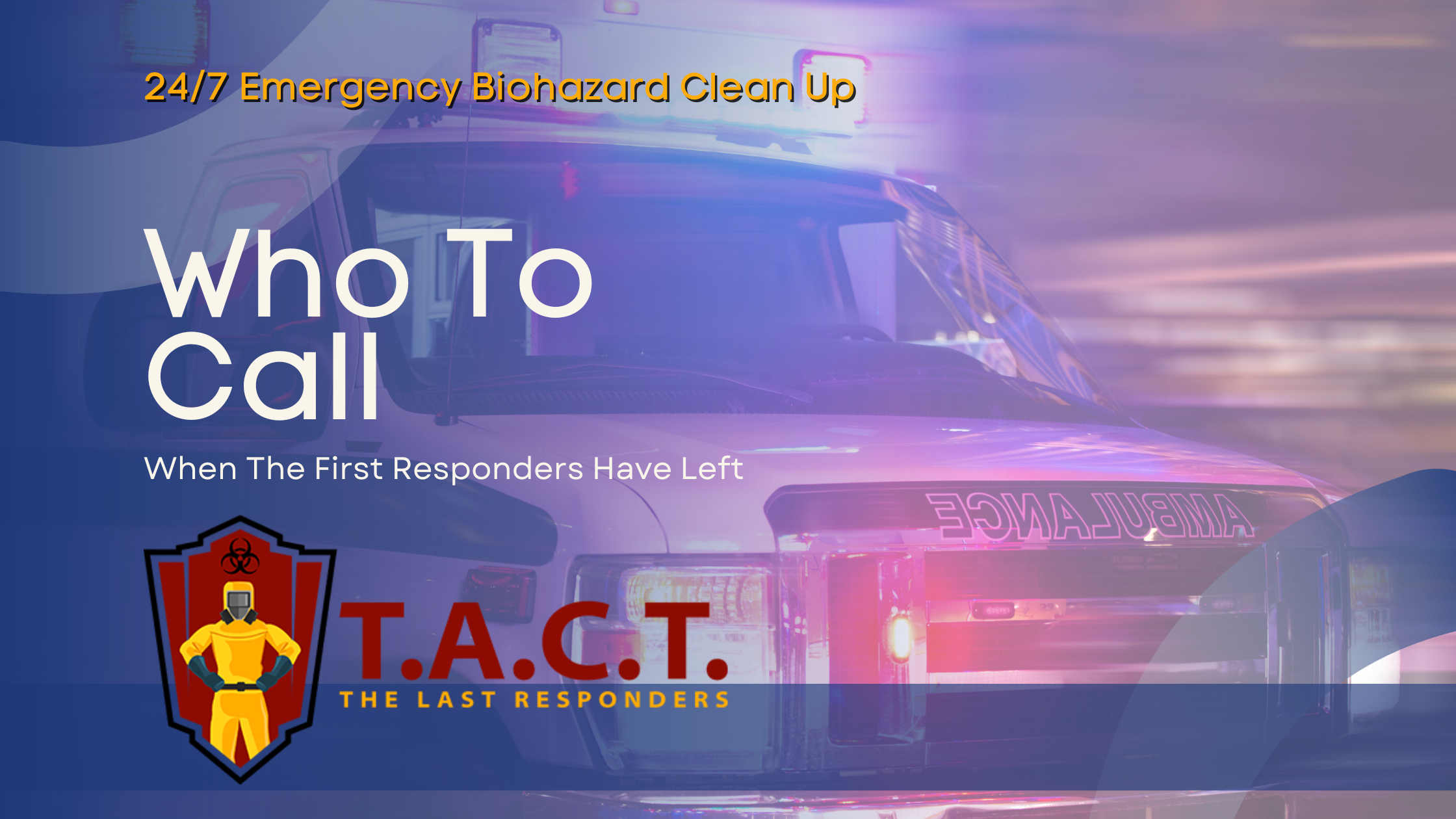Top Mold Removal Services: Protect Your Home from Mold

Top Mold Removal: Protect Your Home from Harmful Infestations
Discovering mold in your home can be distressing. That telltale musty odor or the sight of dark spots on a wall is enough to cause any homeowner concern—and for good reason. Mold is more than just an unsightly nuisance; it's a type of fungus that can spread quickly in damp, warm environments, posing serious risks to both your property and your family's health.
Mold can begin to grow within 24 to 72 hours of water exposure on surfaces like wood, carpet, and paper. It spreads through microscopic airborne spores, which can lead to significant health issues if inhaled. Addressing a mold problem isn't a DIY task. It requires professional expertise to ensure the infestation is completely and safely removed. This guide will walk you through understanding mold, the importance of professional remediation, and how to find the right service to protect your home.
Understanding Mold Infestations
A mold infestation can trigger a range of health problems, from allergic reactions like sneezing and skin irritation to more severe respiratory issues, especially in children, the elderly, or those with compromised immune systems. If you notice visible mold growth or a persistent musty smell, it's a clear signal that you have a mold problem requiring immediate attention.
Mold can flourish on numerous surfaces, from walls and ceiling tiles to hidden areas behind wallpaper or under carpets. Simply cleaning the visible spots isn't enough. The root cause of the moisture must be addressed to prevent the mold from returning. Professional mold remediation services are trained to not only remove the mold and any contaminated materials but also to identify and resolve the underlying moisture issue, preventing further damage. A thorough mold inspection is the first critical step in diagnosing the extent of the problem and creating an effective remediation plan.
The Common Causes of Mold Growth
Mold needs three things to thrive: moisture, organic material to feed on, and warmth. Unfortunately, our homes often provide the perfect environment. Understanding the causes is key to preventing an infestation before it starts.
Excess Moisture and Water Damage: This is the primary driver of mold growth. Leaky pipes, roof damage, flooding, or even condensation from high humidity creates the damp conditions mold loves.
Poor Ventilation: Areas with stagnant, humid air, such as bathrooms, basements, and laundry rooms, are prime locations for mold. A lack of proper airflow allows moisture to linger.
Organic Materials: Mold feeds on organic substances. Common household materials like wood, drywall, paper, and carpet provide an ample food source.
Certain types, like black mold (Stachybotrys chartarum), are particularly hazardous and require specialized removal techniques. By controlling moisture levels, ensuring good ventilation, and quickly addressing any water damage, you can take proactive steps to make your home less hospitable to mold.
Why a Professional Mold Inspection is Crucial
You might see a small patch of mold on a wall, but that could be just the tip of the iceberg. Mold often grows in hidden places—behind walls, under flooring, or in attics—making a professional inspection essential. Certified inspectors have the tools and expertise to detect hidden mold and assess the full scope of the infestation.
During an inspection, professionals can:
Identify Hidden Mold: Using tools like moisture meters and thermal imaging cameras, they can locate mold that isn't visible to the naked eye.
Determine the Extent of Damage: They assess how far the mold has spread and which materials are affected.
Identify the Moisture Source: Finding and fixing the source of the water is critical for preventing the mold from coming back.
Conduct Mold Testing: If necessary, air and surface samples can be taken to identify the specific type of mold present, which can inform the remediation strategy.
An inspection provides the detailed roadmap needed for a successful remediation, ensuring that every affected area is identified and treated properly.
The Mold Remediation Process Explained
Professional mold remediation is a multi-step process designed to safely and effectively eliminate mold from your property. It goes far beyond simple cleaning. IICRC-certified technicians follow a strict protocol to protect your home and its occupants.
Containment: The affected area is sealed off using plastic sheeting and negative air pressure to prevent mold spores from spreading to other parts of the home during the removal process.
Air Filtration: High-efficiency particulate air (HEPA) filters and air scrubbers are used to capture microscopic mold spores from the air, significantly improving indoor air quality.
Removal of Infested Materials: Porous materials that are heavily contaminated, like drywall, insulation, and carpet, are often removed, bagged, and disposed of according to environmental regulations.
Cleaning and Disinfecting: Non-porous materials and surfaces are cleaned with antimicrobial agents to kill any remaining mold. Technicians also use specialized HEPA vacuums to clean any residual spores.
Restoration: Once the area is thoroughly cleaned and dried, any necessary repairs, such as replacing drywall or painting, are completed to restore your home to its pre-mold condition.
Preventing Future Mold Growth
After remediation, the focus shifts to prevention. Keeping your home dry and well-ventilated is the best defense against future mold problems.
Control Humidity: Keep indoor humidity levels below 50%. Use dehumidifiers in damp areas like basements and crawl spaces.
Improve Ventilation: Use exhaust fans in bathrooms and kitchens to vent moisture outside. Ensure your attic and crawl spaces have adequate ventilation.
Address Leaks Promptly: Regularly inspect your roof, plumbing, and foundation for any signs of leaks and make repairs immediately.
Schedule Regular Inspections: Consider annual inspections, especially if your home has a history of water issues, to catch potential problems early.
By taking these proactive steps, you can create an environment where mold cannot thrive, ensuring your home remains a safe and healthy space for your family.
Finding the Right Mold Removal Service
Choosing a qualified mold removal company is the most important decision you'll make in this process. Look for professionals who are IICRC-certified, as this demonstrates they have received industry-standard training. Consider locally owned and operated companies that may offer more personalized service. Check online reviews and ask for referrals from friends or neighbors.
A reputable service will provide a detailed assessment of the damage and a clear, written plan for remediation. Don't hesitate to ask questions about their process, equipment, and experience. Protecting your home and health is worth the effort of finding a trusted partner.
Meta data
Meta title
Top Mold Removal Services: Protect Your Home from Mold
Meta description
Discovering mold can be alarming. Learn how to identify mold, the importance of professional remediation, and how to find the best mold removal service.



